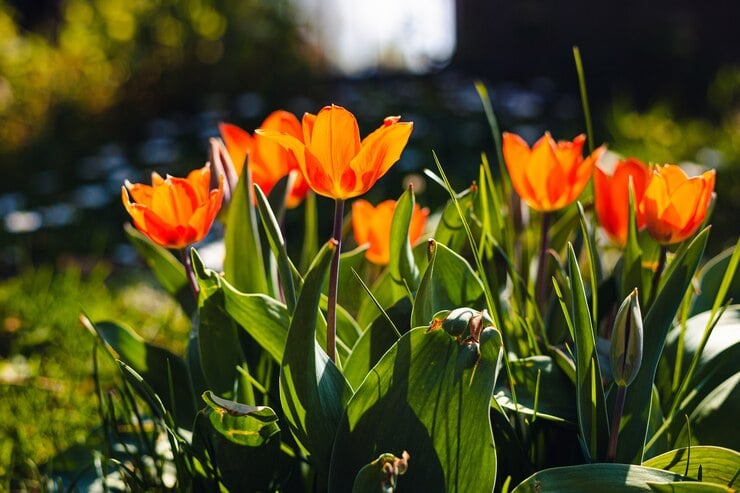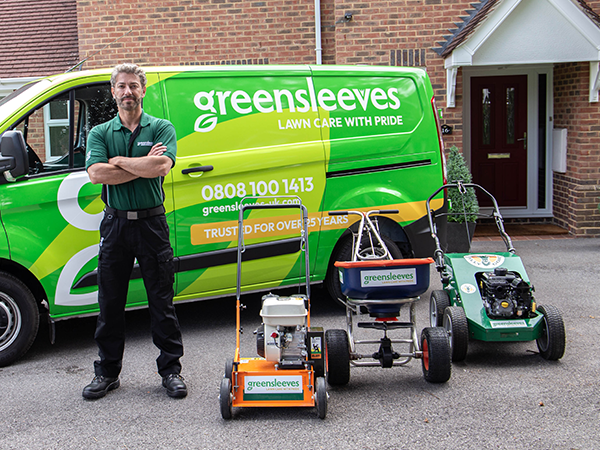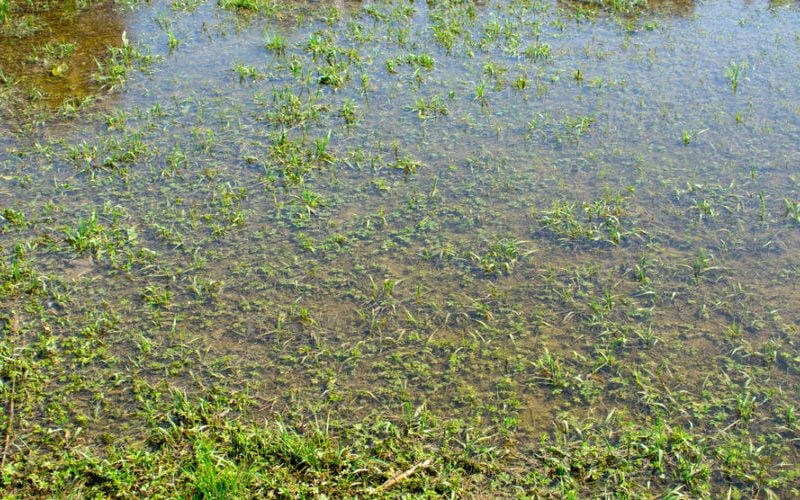A healthy and nice-looking lawn is most lawn owners’ aim, and certainly what we aspire to with our lawn treatments. Moss control and removal is an essential part of this lawn care, to ensure that your lawn is kept free of moss all year round. Moss is an extremely adaptable, resilient plant that flourishes in areas of shade, moisture and low turf quality. It will feel spongy underfoot and look like tufts of coarse, green matter. Without keeping it in check, it can often take over a lawn and prevent healthy grass growth. There are two main actions that need undertaking, which are the removal of moss and then preventing it from coming back. Read on for tips, tricks and advice from our lawn care experts.
Causes of Moss in Lawns
There are environmental causes of moss, such as shade, soil type and drainage, and lawn care practice causes of moss, such as incorrect mowing, lack of aeration or incorrect use of fertilisers. One of our local lawn care teams will be able to assess your lawn to determine what the cause is of moss. They can then advise what course of action is required, which will likely be a specialised treatment plan from Greensleeves.
Moss Control and Removal
At Greensleeves Lawn Care, our specially formulated treatments keep moss in control. These treatments are applied throughout the year to reduce the vigour of the moss and encourage the grass to thrive.
If you already have a large amount of moss in your lawn, we can treat it with scarification, which will remove the layer and give the grass a better chance of dominating the lawn. Scarification may also be needed if you have excessive thatch in your lawn, as that can stunt grass growth and aid moss.
Preventing Moss from Reoccurring
If shade is causing the moss in your lawn, you can reduce that impact by cutting back overhanging plants or trees to allow more sunlight to the grass. If it is a drainage issue, we can perform a hollow tine aeration treatment to allow better drainage through the soil. By improving surface drainage, moss is less likely to reoccur.
Ensure that you are not mowing your lawn too short, as that can cause the grass to be damaged and slow down growth, which then allows the moss to take over your lawn. Never cut the grass to less than a third of the length of the blades. Regularly mow your lawn to a healthy length to keep it healthy and thriving.
Once autumn arrives, make sure that you are raking leaves up and keeping your lawn cleared of debris, as that blockage of water and light will stunt the grass growth and allow moss to grow.
If you need help with the moss in your lawn, don’t hesitate to get in contact today.





